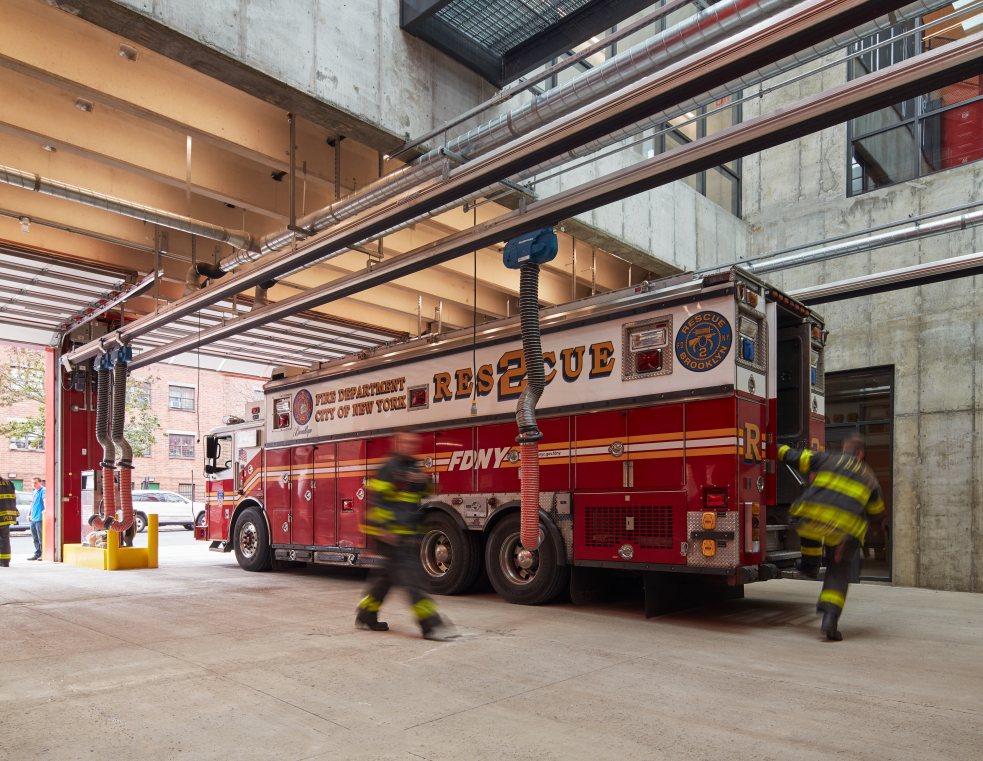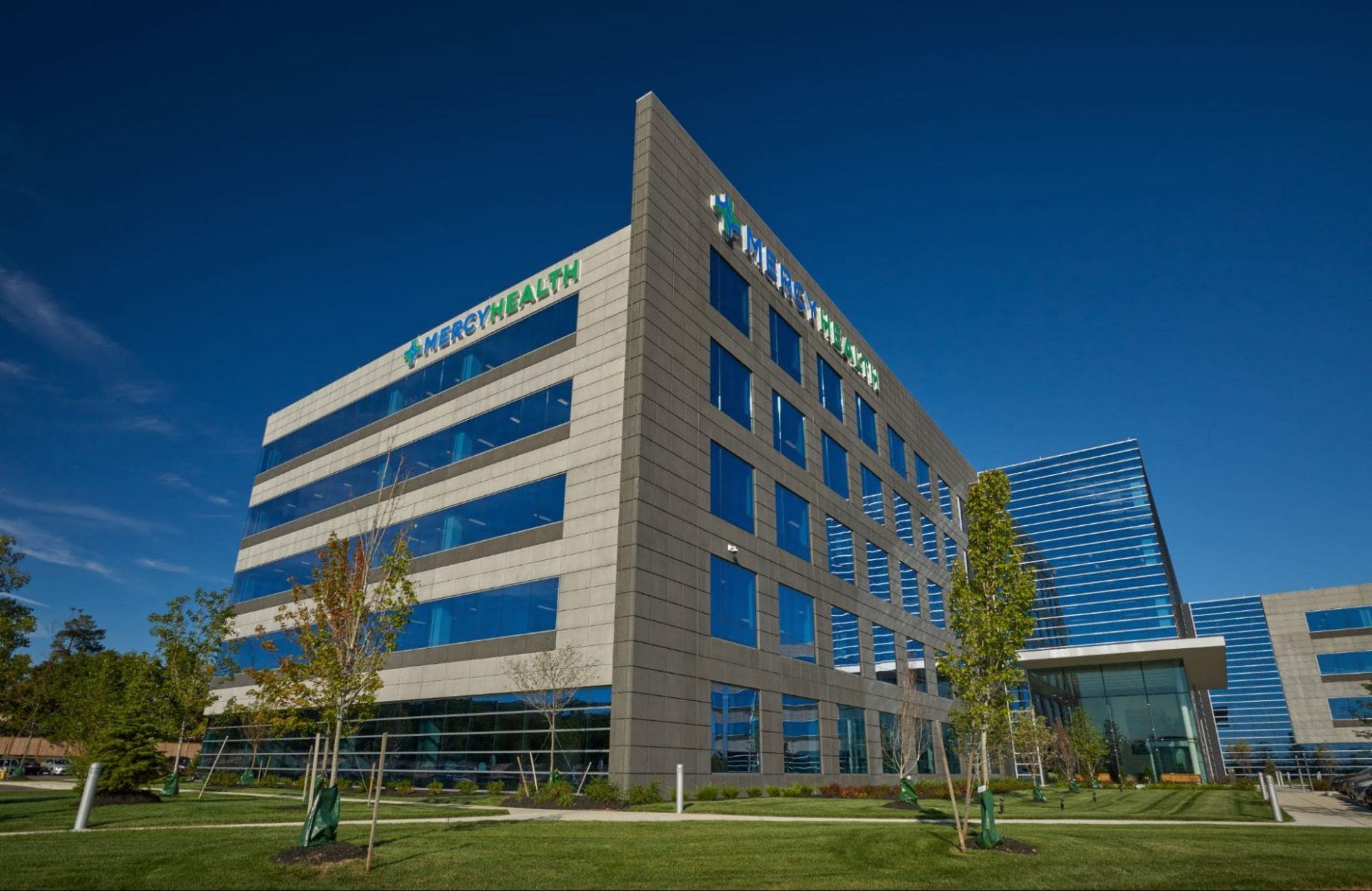7 Benefits of Precast Concrete Compared to Traditional Construction Methods

When it’s time to choose a building material for your structure, it should not only benefit you but positively impact the world and communities around the structure. You’ll find that the benefits of precast concrete will help you save time and money, as well as contribute to a greener and more sustainable future.
1. Greater Design Versatility
Sometimes you want a clean and simple building that prioritizes function over form. And then there are times when you want your next building design to go above and beyond. Whether that’s incorporating your brand’s unique colors, shaping your building with curves, or adding logos and text to the sides, with precast concrete you have practically unlimited possibilities.
Although other building materials like brick and mortar can provide a versatile design, the distinct benefit of precast concrete is you can truly customize more details for only a small portion of your overall budget.
Logos, text, or other brand distinctions can be incorporated into your building design. You can truly make your project stand out from the rest, or seamlessly blend it into existing structures within your organization.
Moving to the interior of your structure, insulated precast concrete walls allow you to have two different colors on the exterior and interior. This eliminates the step of adding insulation and an additional wall that you can paint on.
You can either customize the color of your interior through a concrete aggregate mix or paint directly onto the wall. Rest assured, your building will still be insulated and have a strong building envelope to keep heat or cool air inside to maintain comfortable temperatures.
2. Less On-Site Disruption
A majority of construction methods require months of labor-intensive on-site work. You’ll likely need to close roads, parking lots, and sidewalks during a hefty building project. This disruption can mean longer commutes, less foot traffic for local businesses, and an overall disturbance to the flow of the surrounding area.
Additionally, a construction site has a lot of moving factors that can contribute to miscommunications and errors. For example, businesses are opening around you, commuters are honking their horns, and people are trying to maneuver around your cones and sidewalk closings. Add this to the bustle within the site, and you’re dealing with a lot while also balancing a strict timeline.
A significant advantage of prefabricated construction is that these disruptions are virtually eliminated. Precast concrete plants are a controlled environment that allows for precision and step-by-step processes.
Additionally, because precast panels are constructed somewhere other than the final installation site, they are extremely durable and are made to withstand longer travel distances and installation processes.
When there is less work on-site, you can more easily coordinate and collaborate with your team. This results in less miscommunication and more precision along each step of the construction process. This more specialized team also decreases the chances of delays and bumps within your timeline.

3. Better Protection From Natural Disasters
A new building is a huge investment and should be protected at all costs. In the last five years, the United States has seen 89 natural disaster events costing a total of 788.4 billion dollars in damages and repairs.
For most new construction, especially with higher-story buildings, the way to safeguard your building and resources is to come up with an emergency plan and budget for when disaster strikes. But what if you could feel secure with a weather-resistant building material for when disaster comes?
Whether you’re located in an area with natural disasters or need a building that can handle more than traditional functions, precast concrete can provide you with a durable solution. Resilient structures can withstand different types of turbulent activities including the following,
- Extreme weather conditions, like strong winds, hurricanes, and flooding.
- Geological events, like earthquakes and volcanic eruptions.
- Man-made crises, like fires, and industrial accidents.
Concrete is a fireproof building material, resistant to high winds and severe storms as well as earthquakes. So you can feel secure that whatever your precast building is holding, your structure will withstand the toughest of conditions.
In some cases, you’ll need a fireproof building material for training and educational purposes. The FDNY Firehouse chose to build with precast concrete because it needed a building that could withstand simulations of extreme weather conditions.
4. A More Open Floor Plan
Maximizing your internal space can be crucial to your building’s success. Fitting more into a smaller structure means you’re saving time and money throughout the construction process. Additionally, maximizing space now prolongs the amount of time before your building needs to expand, as your company grows.
Because of the panelization of precast concrete, you have fewer columns within your structure. In this case, less is more. Fewer materials are used to create more space for you to use within your building.
The uses of precast concrete are nearly endless, but a more open floor plan is especially important when building a data center or manufacturing warehouse. A data center stores servers, appliances, airflow systems, and fire protection systems. In a warehouse, the more inventory you can hold, the more valuable and productive your structure becomes.
5. Security in Cost and Labor
Anyone working or involved in the construction industry has likely faced the increased costs and labor shortages that have occurred in recent years. With such a labor-intensive industry, your teams can vary and not be thoroughly planned out for a successful and smooth project.
Using other construction methods, labor and costs can sometimes be unexpected and when this happens, you not only experience delays but also increases in your budget. In fact, the U.S. Census Bureau recorded that construction costs increased by 17.5% from 2021 to 2022. This was the largest spike since 1970. The increase in costs can cause a lot of project managers or architects to not be able to have their full vision and expectations put into their building. It would be best if you didn’t have to cut down on our wants and needs because costs are rapidly spiking.
A major advantage of prefabricated construction is employees are secure and specialized. They are there to do a particular job, which means two things. One, you won’t have to worry about labor shortages, and two, the laborers working on your project are highly skilled.
Masonry or other on-site construction methods are more labor-intensive and include stacking masonry on top of each other. This also means many materials are being used for one building project.
Additionally, the construction industry often experiences unexpected costs because of logistical delays and transportation routes. It can be hard to communicate when materials are coming to the site, and how long it will take for them to get there.
In a precast plant setting, everything is made within the plant so you won’t have extra costs associated with transportation of longer routes. At High Concrete, we will only work within a certain radius around our precast plants, so there is less risk of transportation delays and extra costs.

6. Quicker Timelines
There are various stages in the construction process, and two important stages are obtaining your materials and the actual construction of your building. In order to receive efficiency in construction, you need clear communication and accurate timelines within these stages.
In a traditional construction setting, labor, materials, and weather all contribute to your project’s timeline. Within a precast concrete setting, these factors are greatly reduced and don’t affect your timeline nearly as much.
The advantage of prefabricated construction is there is more control throughout the whole process. So you’re given a more accurate timeline and budget at the beginning. Additionally, we won’t have to worry about pausing a project due to bad weather because a majority of the process is completed indoors.
On average, 12 to 16 precast components can be placed in one day, making it a very efficient process once we’re on site. Because of this, a completed building can be placed in a matter of weeks. The efficient procedure makes this a noteworthy benefit of precast concrete.
7. Build a Greener Future
The final remarkable benefit of precast concrete is that it’s also made to be deconstructed. The success of a company involves growth and this should include your building, when necessary. Rather than completely tearing down and starting over, you can expand with the building you have.
With other building materials, you’ll have to start over when it’s time to expand. And starting over in a construction project produces emissions and pollution. Additionally, you’re creating a lot of waste with your project that is likely going to be sent to the landfill.
In 2019, the construction industry produced 38% of carbon dioxide emissions, and it’s continuing to increase. These emissions come from delivery trucks bringing supplies, electricity needed to keep equipment running, and manufacturing building materials.
One report from the World Economic Forum says “In the building sector, for every $1 spent on energy efficiency, $37 is spent on conventional construction approaches.” There needs to be more effort to include sustainable, and energy-efficient building materials within the construction industry.
The materials that make up precast concrete are mostly mineral-based, including sand, gravel, and cement. When these are mixed with water, you create a very durable building material, that in fact, strengthens in the presence of water.
The environmentally friendly advantage of prefabricated construction is the reduced amount of waste throughout the entire project. Not only is there little waste within the precast plant, but there is virtually no waste on-site during the installation process.
Although you may find some of these benefits with other building materials, by combining them all into one project, you’re maximizing your success and project management. With precast concrete, you’re improving your building processes for your organization as well as the community around you.
Learn how the benefits of precast concrete can help your business
go above and beyond your next building project

